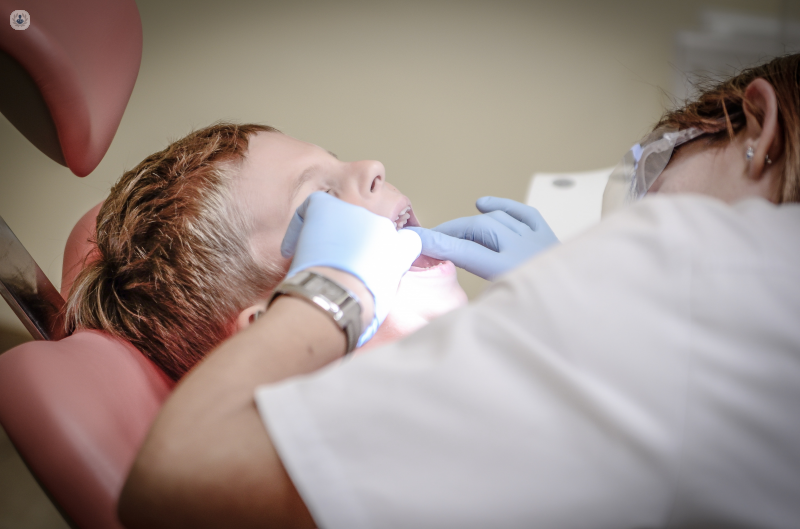Conscious sedation
Dr Amit Mohindra - Dentistry
Created on: 01-13-2014
Updated on: 06-08-2023
Edited by: Sophie Kennedy
What is conscious sedation?
Conscious sedation involves applying a sedative to relax and an anaesthetic to alleviate pain during a medical or dental procedure. It is often used so that you are less tense, allowing the professional to work more calmly and efficiently. During the procedure, you will remain awake but won’t have the ability to speak. The effects of conscious sedation do not last long, so the patient can easily return to normal activities.

Why is it done?
Conscious sedation is safe and effective and is used in people who need to undergo a minor surgery or procedure. Here is a list of some of the tests and procedures for which conscious sedation is used:
- Breast biopsy
- Reconstructive surgery or dental prosthesis
- Minor bone fracture repair
- Minor foot surgery
- Minor skin surgery
- Plastic or reconstructive surgery
- Procedures to diagnose and treat some pathologies of the stomach, colon, lung and bladder
What does it consist of?
You will receive the medicine through an intravenous line or an intramuscular injection. You will then feel sleepy and relaxed almost right away. If the doctor administers the medication for you to ingest, then it will take between thirty to sixty minutes to take effect.
Your breathing and blood pressure will decrease and a specialist will monitor you throughout the procedure to ensure you are stabilised. In cases of respiratory problems, you can be given oxygen through a mask or intravenous fluids through an intravenous tube. At the end of treatment, you may experience drowsiness and will likely not have any memories of the intervention.
Preparation for conscious sedation
You should notify the specialist if you are or could be pregnant and what types of medications, drugs or supplements you are consuming before undergoing this procedure.
In the days before the intervention, you should:
- Explain to the specialist if you have allergies or health problems, the medications you take and the type of anaesthesia or sedation you have previously received
- Perform blood, urine and physical exams if necessary
- Quit smoking - The act of smoking increases the risk of suffering complications such as a slow recovery. You can ask your doctor for help to quit smoking.
The day of the intervention:
- Follow the directions on when to stop eating and drinking
- Do not drink alcohol the night before the operation, or the same day
- Drink a little water along with the medications prescribed by the doctor
Care after the intervention
Conscious sedation is safe and is a good option for you if you need a minor intervention or diagnostic test. Afterwards, you will feel drowsy and likely have headaches or feel nauseous. The specialist will monitor blood oxygen levels and blood pressure every fifteen minutes until you feel okay to go home.
You should be able to get back to your normal activities the following day but it's important to continue to follow appropriate guidance to ensure you make a good recovery:
- Consume healthy and balanced meals to replenish energy
- Avoid driving and drinking alcohol for twenty-four hours
- Check how you should continue taking your regular medications or supplements with your specialist




